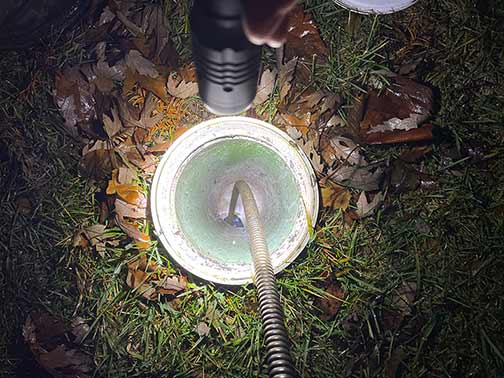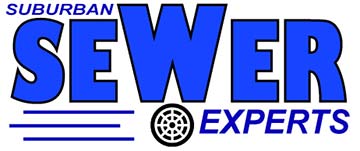
Plumbing drains are one of those things in our homes that we take for granted. As long as they work, we don’t think about their physical condition. For most people, the only time a drainage system needs attention is when it stops working.
This is a major reason why drainage problems frequently result in plumbing emergencies in the home. Routine issues in the system are overlooked until they grow into huge plumbing emergencies that disrupt our daily lives and damage our property, notes Specialized Property Management Phoenix.
The consequence of letting this happen is that problems that should cost X amount of money to fix often end up costing 2X. Also, drainage issues may damage the walls and flooring of the building, and in severe cases, even result in foundation damage.
How do you keep drainage problems from endangering your health and the structures of your building? The simple solution is to identify and fix those drainage problems before they occur. A simple way to do it is by doing rodding of your sewer line every year.
What is sewer rodding, and why do you need it?
Sewer rodding is a method used by professional plumbers to clear stubborn buildup from a sewer line. It uses a series of flexible metal cables of up to 15 feet each, which can be joined end-to-end to make them long enough to reach the deepest recesses of your sewer line.
At the business end of these connected cables, a stainless-steel blade is attached before the cable is inserted into the sewer line. The attached blade, known as a cutting head, is used to shear through any stubborn debris within the sewer pipes. It comes in a range of sizes.
Once the cable is in place, a rodding machine is powered on and used to drive the cable forward with a spinning motion. This helps the cable twist its way deeper into the sewer line, cutting through any debris in its path. Sewer rodding can remove tree roots, sludge, and scale from a sewer line.
What are the benefits of this drain cleaning method?
Benefits of sewer rodding
- Removes stubborn buildup
If the sewer line has a history of tree root invasion, sewer rodding is just what you need to clear the line. It is also effective for removing grease and sludge from a sewer line.
- Cleans pipe walls
The rotating movement of the cutting head helps it to scrape away any debris adhering to the pipe walls. This ensures that there won’t be a recurrence in a short time.
- A preventive maintenance strategy
If done on schedule, sewer rodding prevents clogs and blockages by getting rid of the buildup in the sewer line before it has a chance to cause problems.
- Promotes system longevity
Sewer rodding helps maintain the health of your sewer line by clearing out corrosive materials that accelerate wear and tear, and shorten the lifespan of the pipes.
- Prevents costly damage
Adopting sewer rodding as a preventive maintenance strategy prevents costly sewer line problems because any issues in the system are resolved before they get worse.
- Saves money
The cost of maintaining your sewer line in top condition with optimal flow throughout the year is significantly lower when you clean the line regularly by rodding it.
How to know if you need sewer rodding
Here is how to tell if your sewer line needs sewer rodding. If you notice any of the following signs in your home, consider clearing the line using sewer rodding.
- Multiple slow drains
If more than one fixture drain is slow at the same time, you likely have a clog inside your sewer line. Multiple slow drains in the home are often caused by sewer line clogs.
- Frequent drain clogs
If drains are clogged and you solve the problem, only to have it recur, the root of the issue may be in your sewer line.
- Sewage odors
The smell of sewer gases inside your home or in the yard is a sign that trapped sewer gases are in your sewer line due to a clog in the system.
- Bubbling noises
If your drains make a gurgling/bubbling sound when in use, it’s a sign that clogs in the sewer line are causing the trapped air in the system to exit through the fixture drains.
- Toilet backing up
If the water level in your toilet rises and falls unpredictably or when you flush the toilet, it fills with water before draining slowly, your sewer line could be blocked.
- Lush green or wet patches in your yard
If there are unusually green patches of grass in your yard or chronically wet spots in your yard, your sewer line is not just clogged but also leaking
- Nearby trees or shrubs
If there are trees or shrubs with invasive root systems growing in the vicinity of your sewer line, you need sewer rodding to prevent tree roots from blocking the line.
Finally, if you really want to know if your sewer line needs rodding, you can order a sewer camera inspection. Or better still, talk to us and we can inspect the drainage issues in your home to offer you the best advice.

